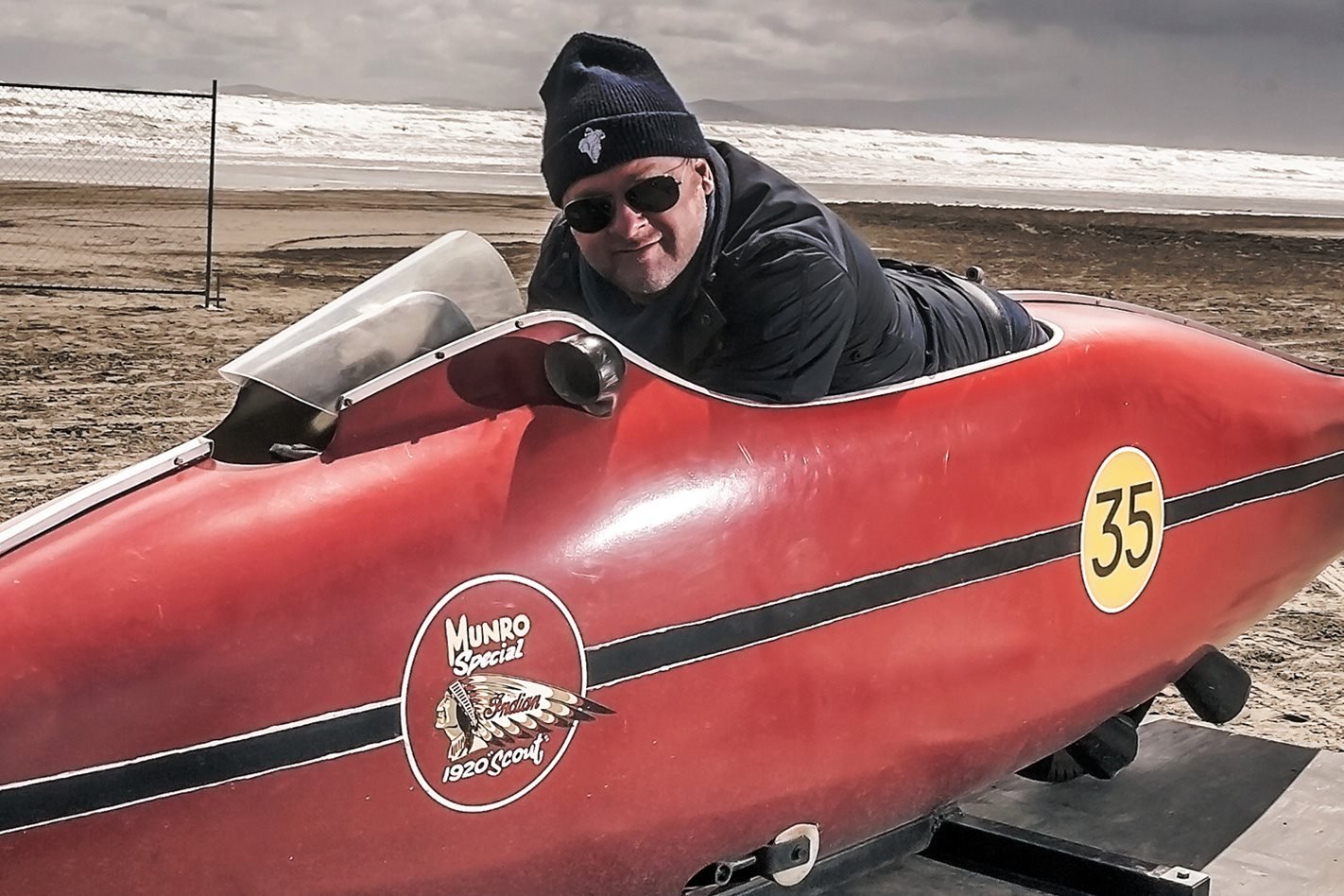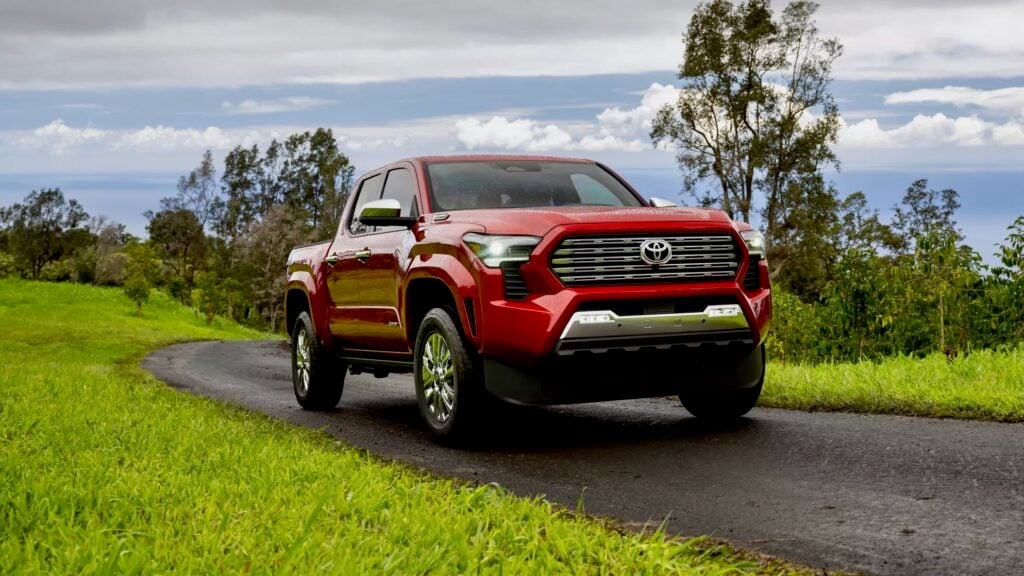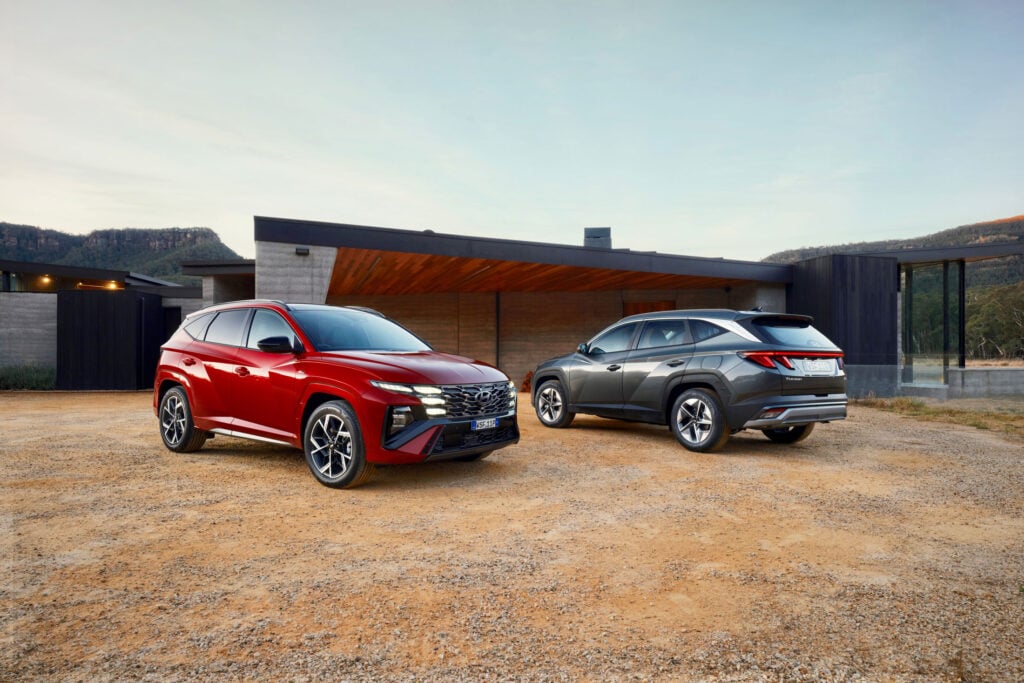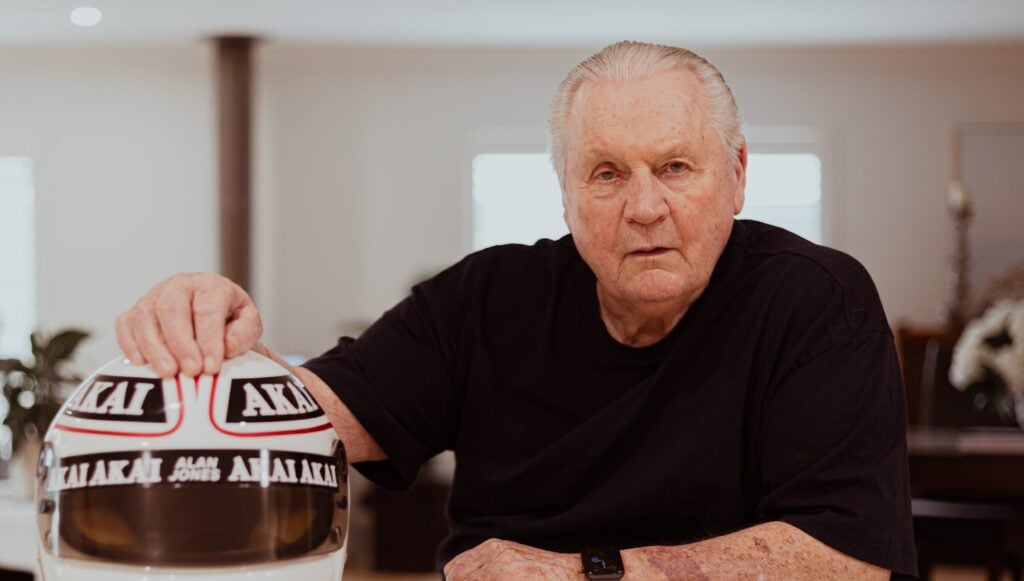Burt Munro was immortalised by Hollywood, but we found the real essence of the man in the wilds of NZ with a cast of loonies.
IN AN age where old ideas are so readily discarded for new, there’s a peculiar dignity in settling on something authentic and constantly refining it. Very often, these are the cars, clothes, watches – whatever – that hold our affection.
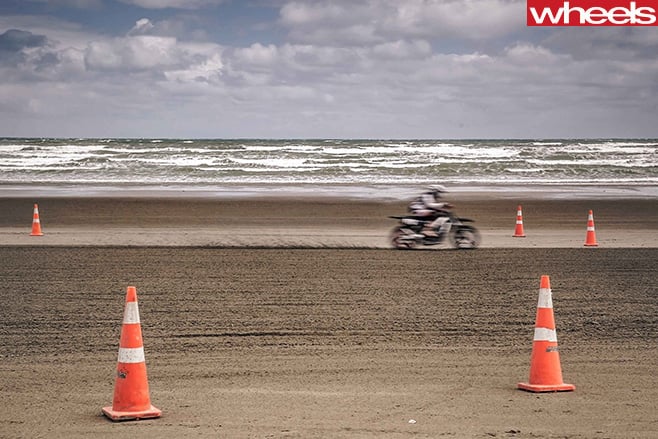
Living alone in a breeze-block shed with his bikes (the Indian later joined by a 1936 Velocette 500cc single), the gruff, eccentric Munro was a tireless tinkerer who cast his own pistons, carved conrods from truck axles, made his own overhead valvetrain and created steel alloys from scrounged pipes.
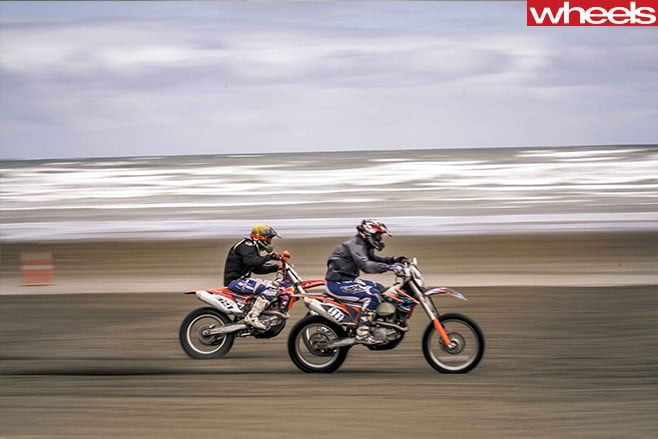
Naturally, the hard salt and speed-seeking society of Bonneville in the United States beckoned. Munro paid a bikeless visit to Utah in 1957. Or at least the paying was done by his patron, Invercargill hardware store owner Irving Hayes, father of Munro’s friend and fellow racer, Norman Hayes.
At Bonneville in 1962 Munro and his ancient Indian, now running 883cc and aero bodywork, set a world record for the class S/A (streamlined/altered) at 288km/h. Over five annual trips he eventually raised it to 295.4km/h – the 68-year-old along the way surviving a high-speed crash in 1967. Bizarrely, only a year ago that record was revised to 296.2km/h, acknowledging a miscalculation by the original timekeepers.

In 2006 the Southland Motorcycle Club, on whose books Munro is still a member, established the Burt Munro Challenge. It is now one of New Zealand’s most popular classic bike events. Over five days in late-November, around 2500 bike enthusiasts and 600 classic and modern bikes congregate in Invercargill for a Munro-esque program of races on speedway, circuit, street and sand. The Munro Family Trophy is awarded to the competitor who most reflects Burt’s tradition of cobbling and fettling their own bikes and basically having a go at everything.
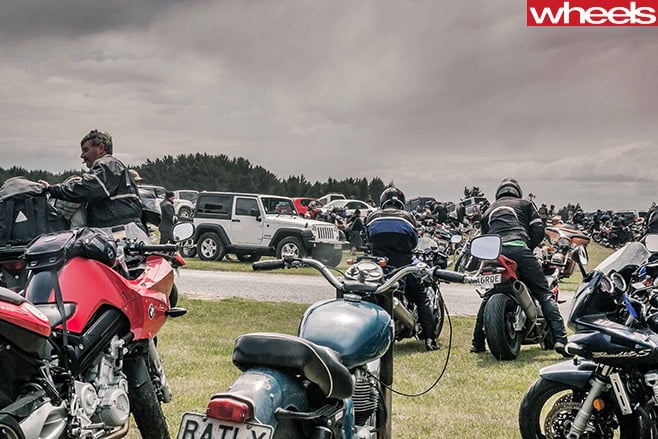
Photographer Wielecki and I both own classic bikes. But only he would be insane enough to take a punt on freezing gale-force winds and strafing Antarctic rain. I wanted a car that could cruise on a coastal highway, tackle any trail or beach, and do it with the freedom of a motorcycle – and a spiritual connection to a certain constantly evolving Indian Scout.
So we Burt a Jeep.
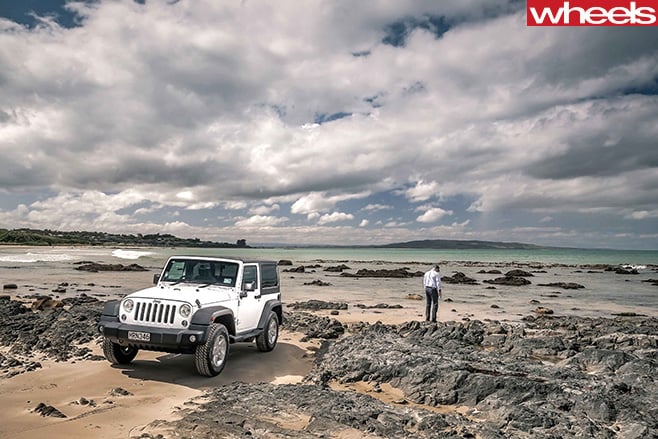
The new driveline – mated to either a six-speed manual or, in ours, a five-speed auto – has helped work miracles for not only the Jeep’s performance, but also NVH refinement. Though not aerodynamic efficiency. There was a distinct charm in feeling the Jeep ploughing into the strong wind gusts on the national highway south-west of Dunedin.
Anyway, this isn’t countryside you’d want to slither through on a superbike. You want a classic, or a cruiser; both of which describe the Wrangler.
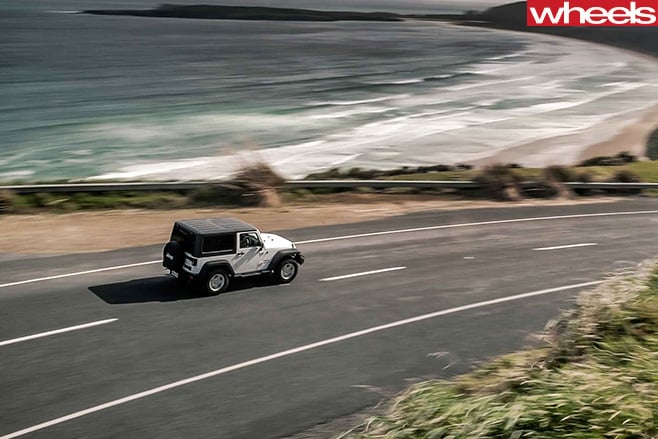
We drive through sleepy townships of clapboard houses, pausing at Kaka Point to admire someone’s handiwork in stringing together a pretty pathway of paua (abalone) shells.
Regaining the highway, we pass through Owaka and its surreal Teapot Land. After skirting the gorgeous Catlins Lake, we hit the coast again at Papatowai and meet Blair Sommerville, the self-proclaimed “organic mechanic”. Nine years ago Sommerville brought his beloved 1951 Leyland Comet bus here from Dunedin. From it grew the Lost Gypsy Gallery, a hillside wonderland of mechanised objets d’art. It’s like Heath Robinson’s drawings and Willy Wonka’s chocolate factory brought to life, in a hand-cranked and alkaline battery-powered junkyard.
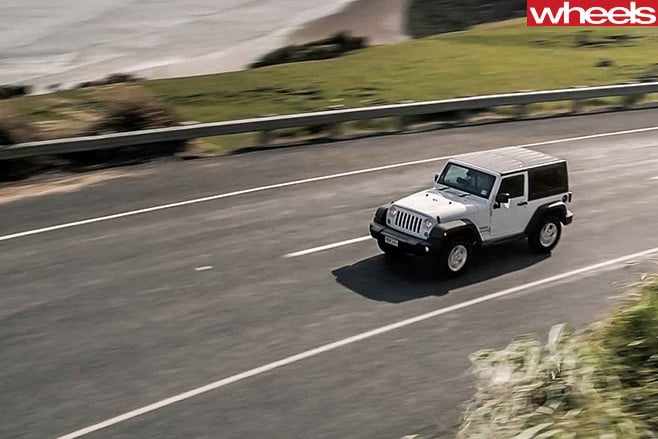
Invercargill is buoyed by the region’s pastoral wealth, but its main drag, Dee St, is dotted with empty shops. On Gala St stands a life-size bronze statue of Munro in his Indian streamliner.
A couple of blocks west, one of Dee St’s best established landmarks is E. Hayes & Sons Hardware, a cluster of single-storey premises taking up one end of a city block. The sign could have read “& Great Grandson”. Neville Hayes, son of Norman and great-grandson of the founder, was only 24 when his father’s friend Burt Munro died, but Neville had known him well.
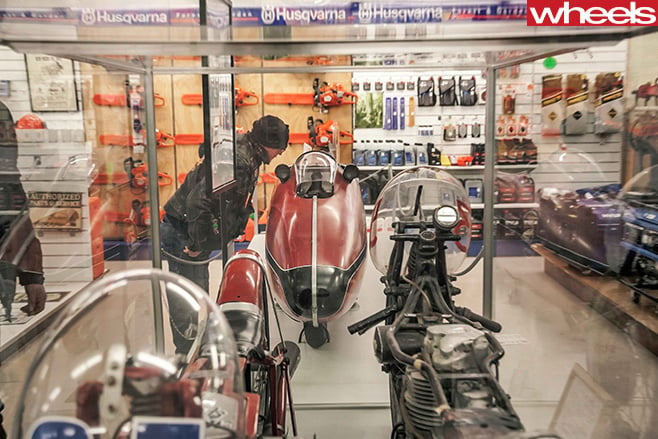
What did Hayes think of the movie? “The film was good. There were lots of things that happened in different years; it was all lumped into 1962 for the sake of clarity … My father saw the film just before he died. So that was cool.”
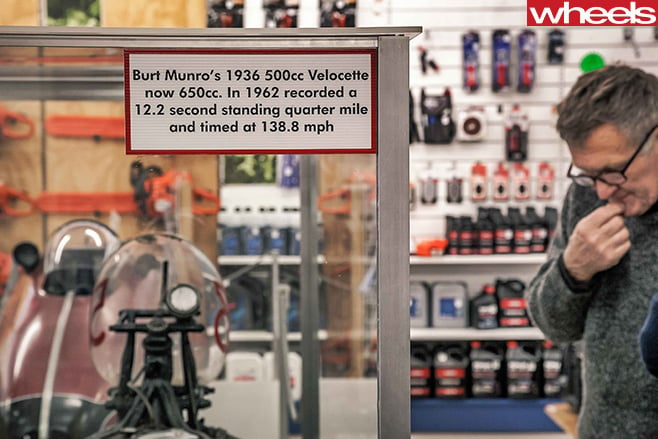
“In ’77 Burt had a stroke and spent five weeks in hospital,” Neville Hayes recalls. “When he got out, he knew he wouldn’t ride the bikes again. He wanted to keep them in Invercargill. So Dad and I bought them, and all the parts from his shed, and the trailer.”
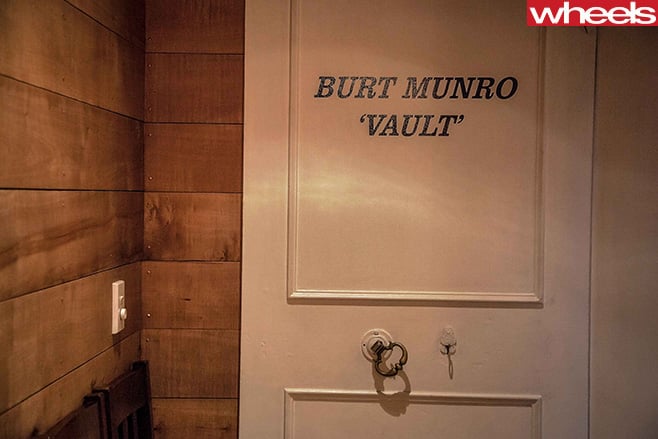
“I met him in his shed,” Anderson smiles. “I’d been told about this old bloke I should see, he’s got an old Velocette that does 120mph and an old Indian that does 150mph. I thought, I’ve heard all these things before…
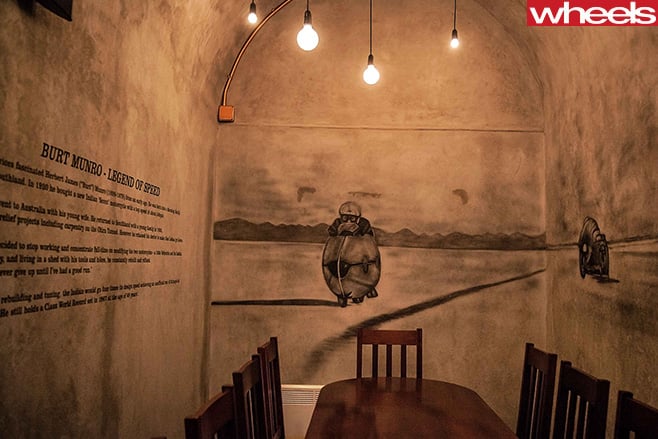
Oreti Beach is 10km from Invercargill. Occasionally significant is that it’s also only 2500km north of Antarctica. Car and motorcycle racing on its fine, silty sand date back to at least the 1920s; the annual beach racing championship became a cornerstone of the Burt Munro Challenge.
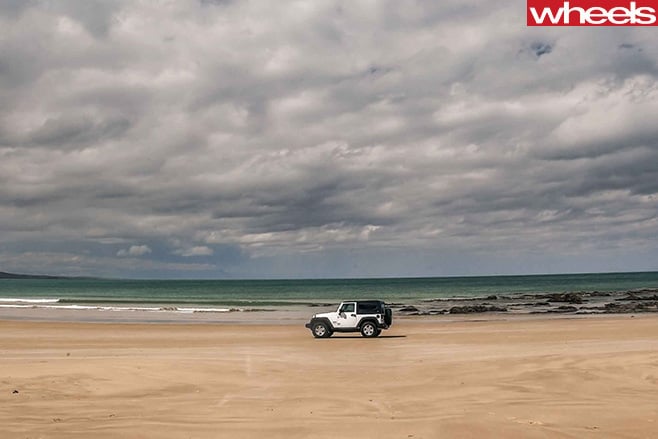
The course is defined simply by two poles 800 metres apart, making a one-mile lap for the two dozen screaming, rasping, farting assortment of machines.
We find local concrete contractor Rhys Wilson grinning over his 1937 Rudge Ulster. The lovely black 500cc single competes in a closely matched class spanning ancient girder-fork machines, pre-1972 classics and modern 250cc dirt bikes. “Near the sandhills it’s rutty, but near the water you can really open the tap,” Wilson explains.
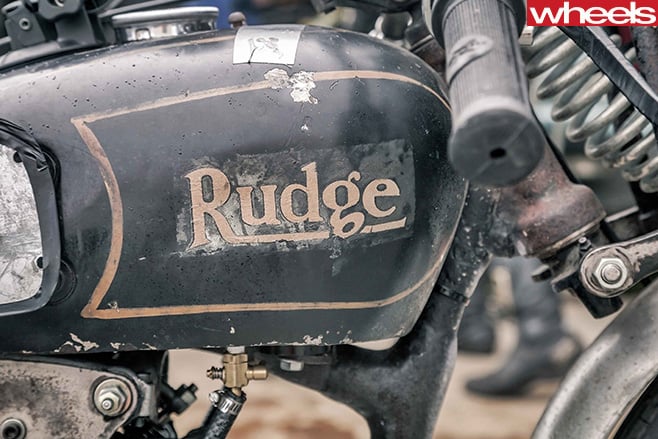
Frankenbikes have been a constant in the Southland. Christchurch’s Jason Feaver had just won the 2014 Open Class beach racing championship. His paddle-tyred 525cc Honda CRF450 four-stroke motocross bike has an extra fuel tank mounted above the front wheel to help keep it down. And that was his “little” bike.
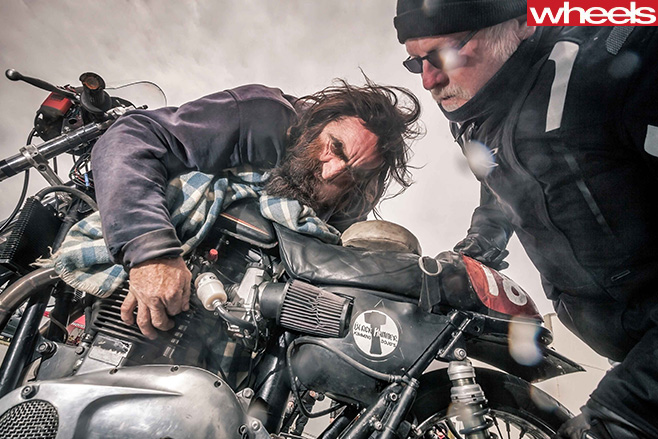
“All the stuff I’ve done to my engines, at the end of the day, that’s what Munro did, isn’t it? That thing’s just blown up, unfortunately, but that’s part of building hot engines, mate. You don’t try, you don’t know.”
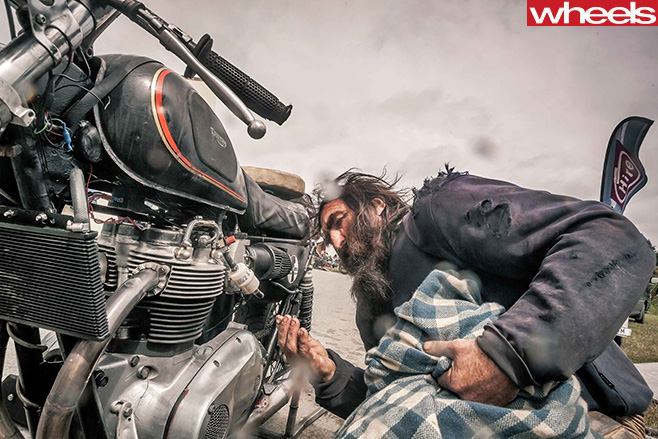
At the most recent event, Francie raced one bike or another in every discipline, including swinging (and falling) from the sidecar of Wilson’s Rudge in the Wyndham road races. She was awarded the Munro Family Trophy.
But we were left completely awestruck by Kevin Ryan, a miner from Barrytown on New Zealand’s west coast. Ryan spends much of his year travelling and living in an old school bus, converted to carry his 1970s-era
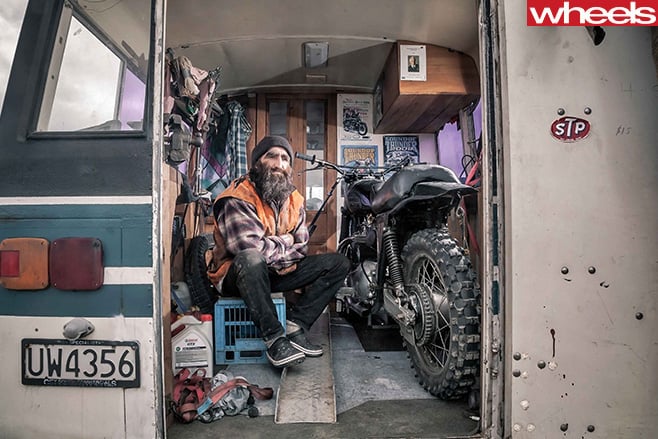
Formidably hirsute and imposingly eyebrowed, Ryan cuts a figure in his home-made leathers and tattered pullover. His bikes look very much the same: an aero-bubble made from a welding mask; exhaust headers and an aluminium swing-arm made by him at home.
But Ryan rides everything like a demon, pushing the Bonneville to unimagined angles on the fast, flowing Teretonga circuit, merging even more with the machine when the stinging rain and bitter cold comes. He finishes second in that race, with a new goal of modifying his exhaust for more ground clearance.
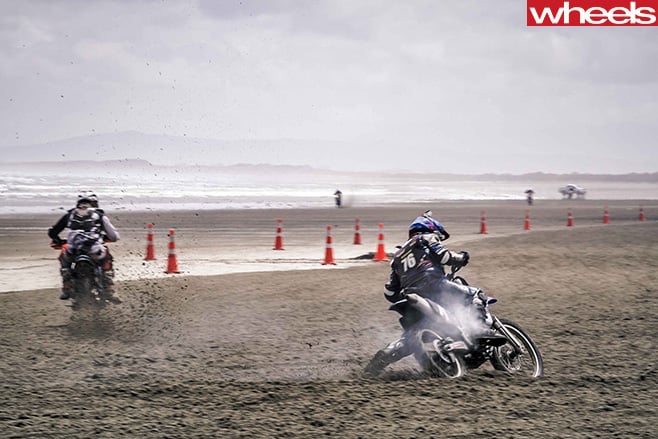
Iconic Wrangler
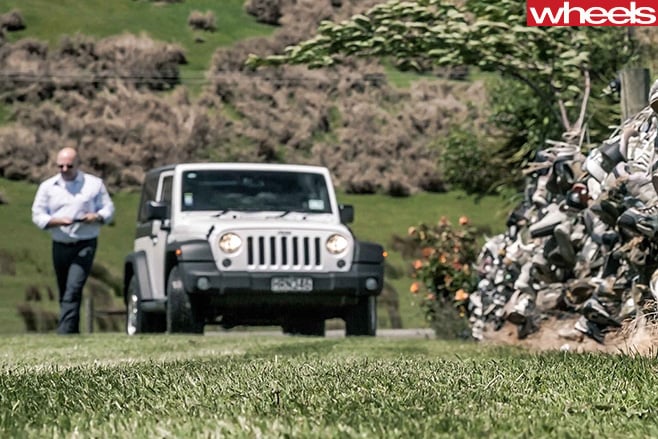
While all-new from 2007, the Jeep retains more of the ingredients that wrote its forebears’ legend, namely a separate chassis, live-axle suspension front and rear, and a removable roof and doors.
Those core ingredients also include a Command Trac 4WD system comprising a basic transfer case. It still lacks a centre differential, so the Wrangler’s off-roading prowess comes at the expense of being able to run 4WD only on unsealed surfaces. Meanwhile, brake-locking differentials do much of the work of full locking differentials when off-road.
Biggest news with the current JK-series model was the introduction of the Pentastar 3.6-litre V6, an engine shared across many of Chrysler’s passenger car range, bringing 33 percent more power and better economy than its 3.7-litre V6 predecessor.
As US carmakers race to shed weight from SUVs and trucks to meet emissions legislation, the next-gen Wrangler, due in 2017, will adopt aluminium body panels, but retain the separate steel chassis considered vital to its off-road capability.
The real Indian
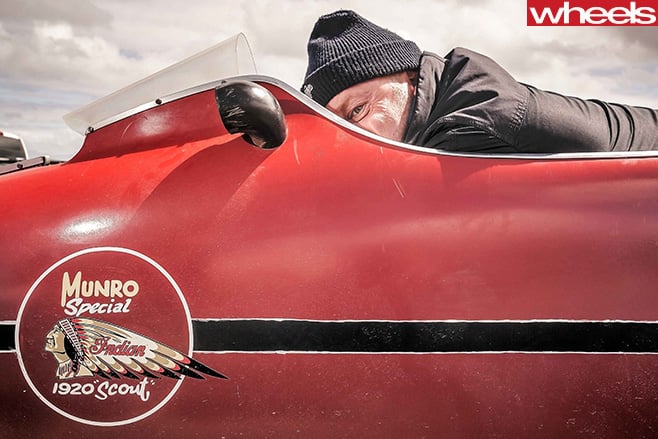
In September 1977, Norman and Neville Hayes purchased Munro’s Indian, his Velocette and most of his other motorcycling paraphernalia. Today, two “Munro Indians” are displayed at the E. Hayes hardware store – one of them clearly identified as the replica built for the 2005 film. The other, which has no bodywork, is sometimes identified as the genuine Munro Special Indian.
However, the famous streamliner bike that Munro raced at Bonneville actually resides in California. On Munro’s 1962 trip he befriended the Pierce family, owners of an Indian motorcycle dealership in Los Angeles. Rather than ship his streamliner back and forth, Munro left the bike in LA, bringing home only the engine and other parts he wanted to modify.
At home in New Zealand, he had another modified Indian Scout frame, devoid of bodywork or much subtlety, which he used for testing. That bike and its hero engine is the one owned by Hayes.
Munro had sold the US-domiciled, “real” streamliner in 1975 to Sam Pierce in LA, having built for it an engine from spare parts. That bike, fully restored by a new owner in the mid-1980s, is acknowledged as the real Bonneville machine, and won best pre-war motorcycle at Pebble Beach in 2010.

